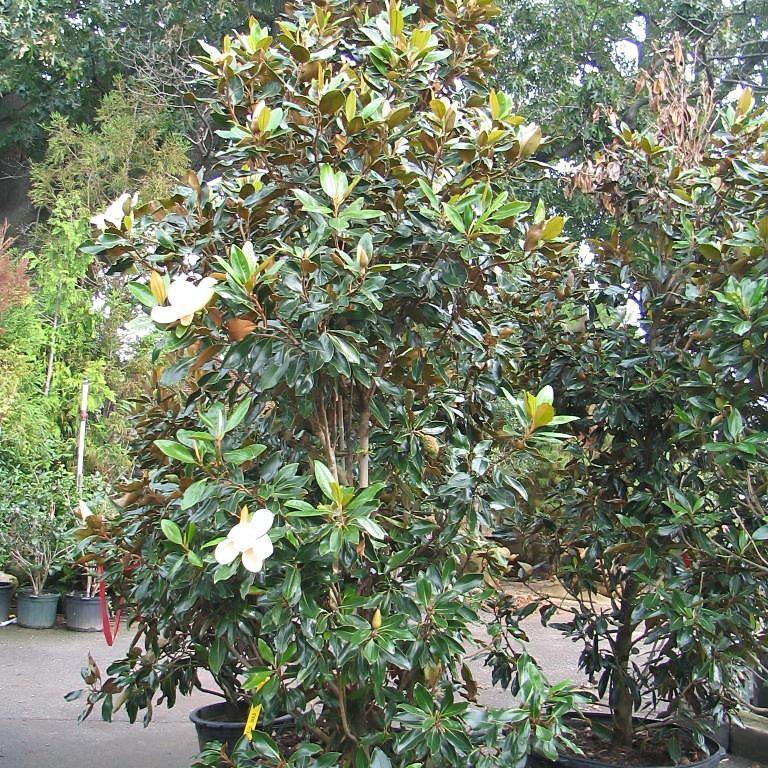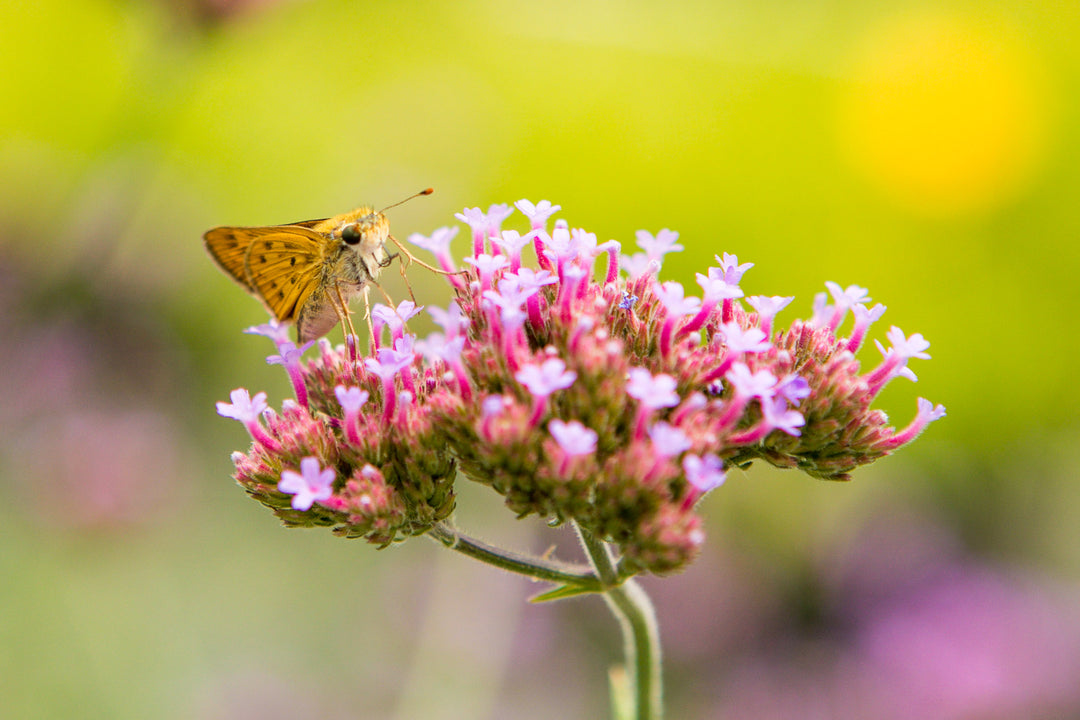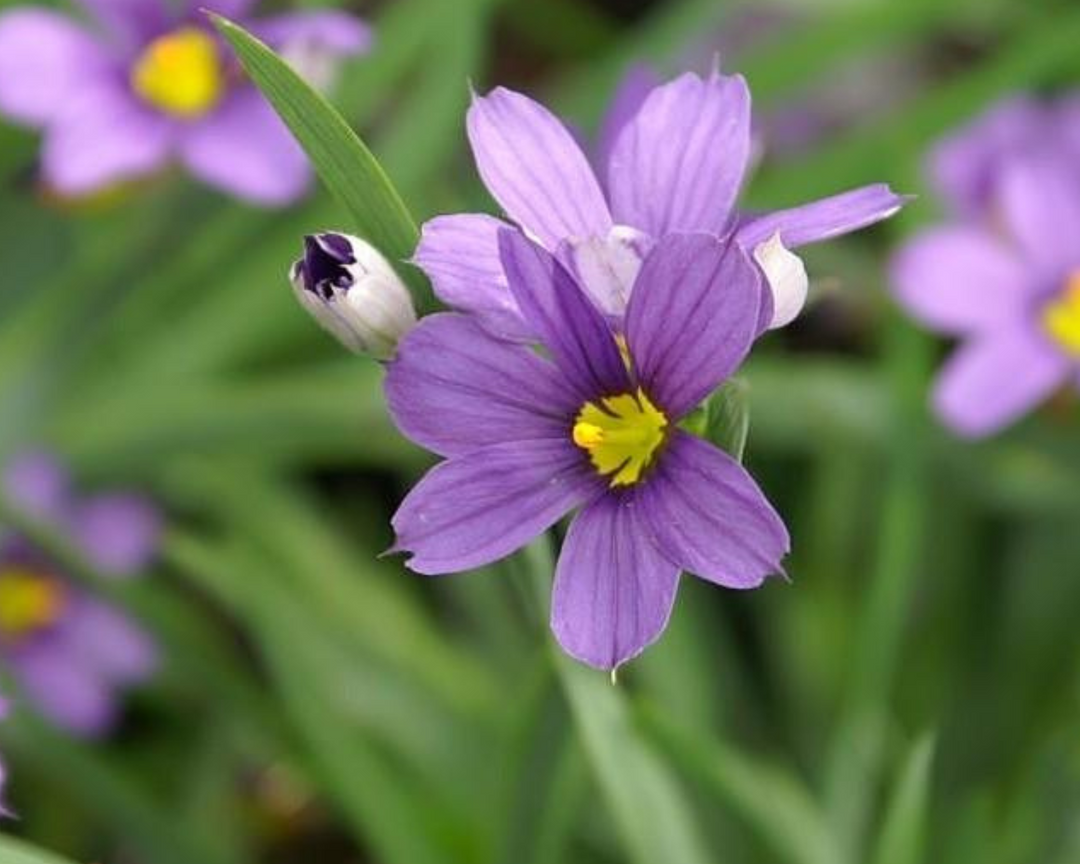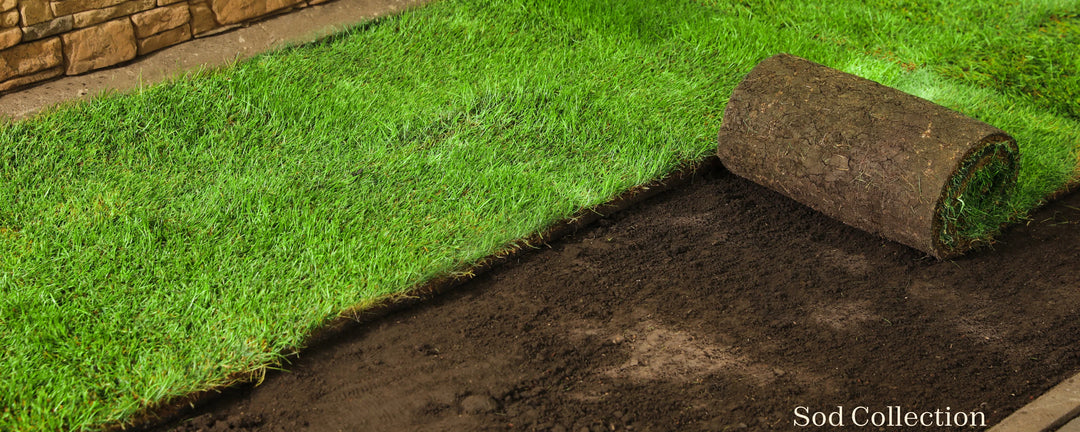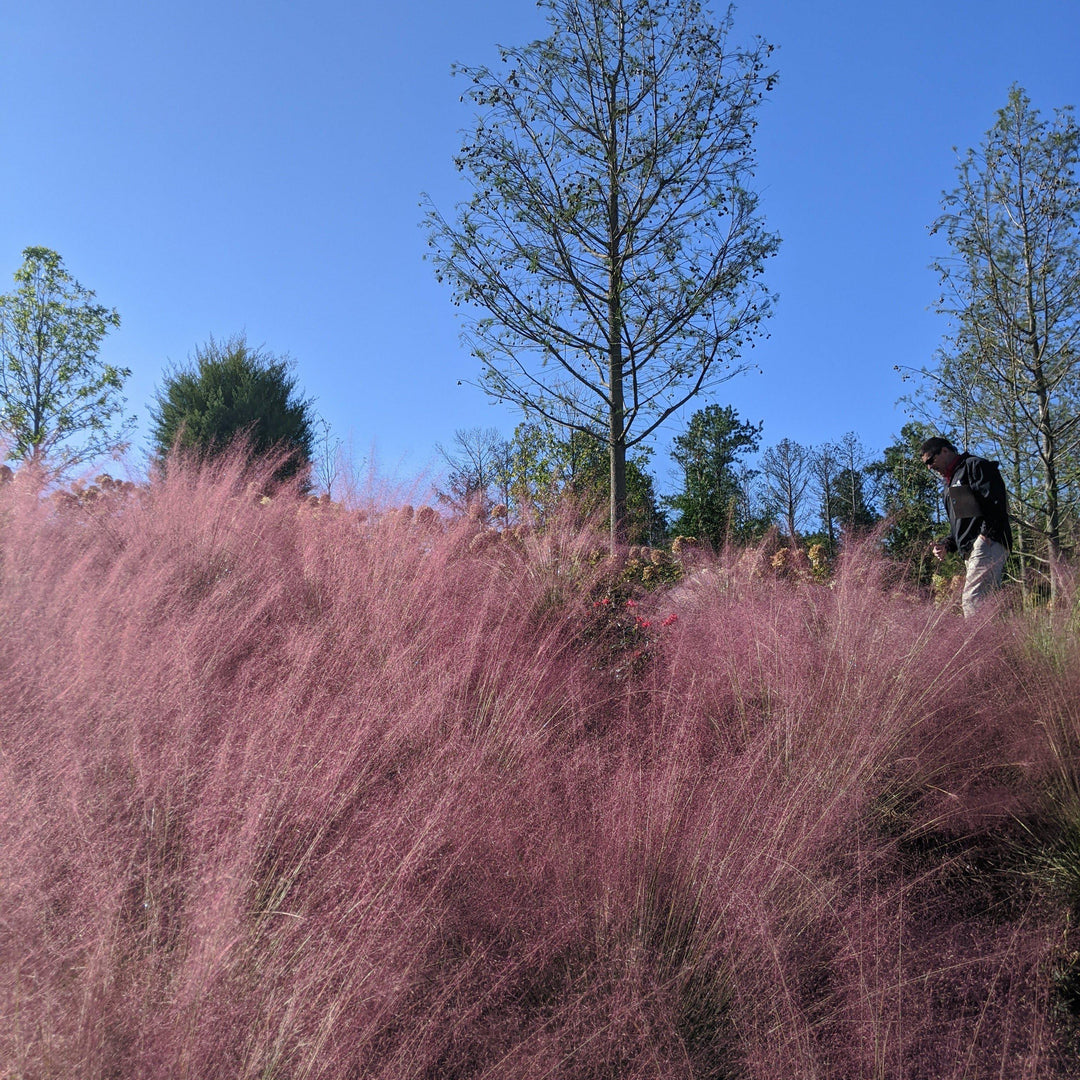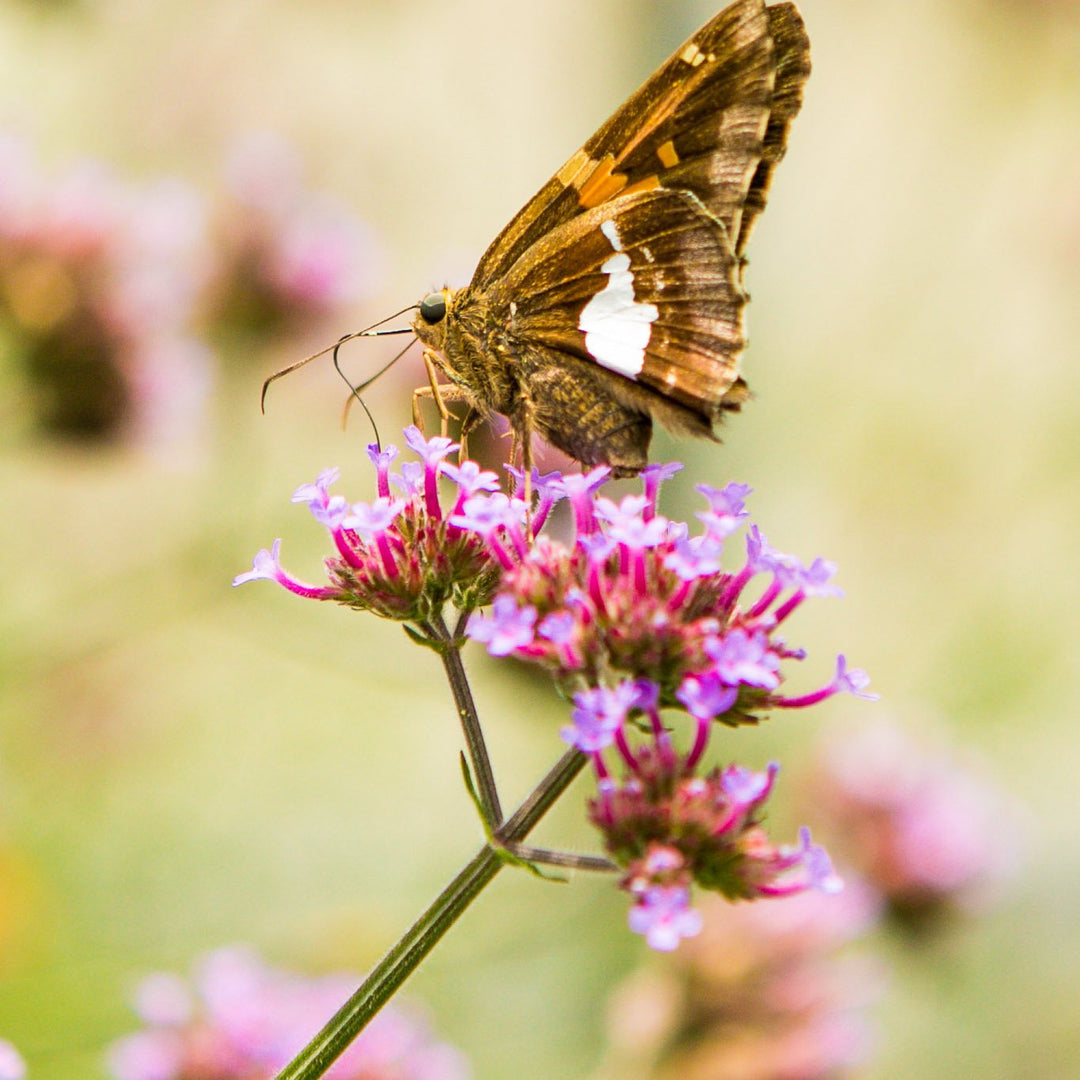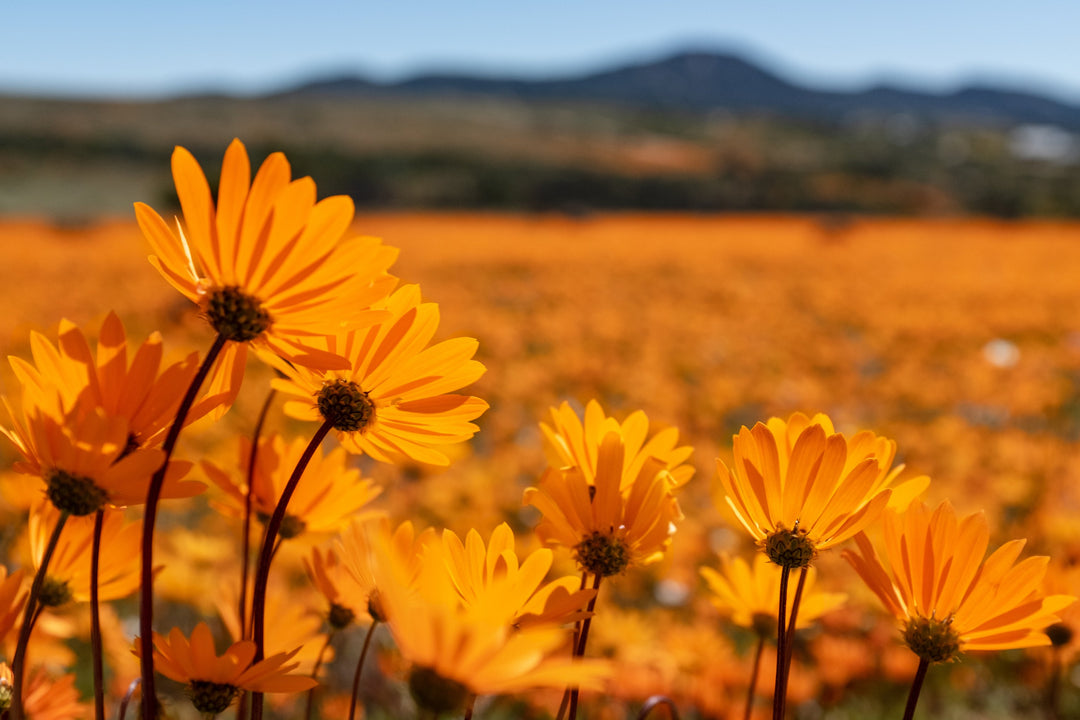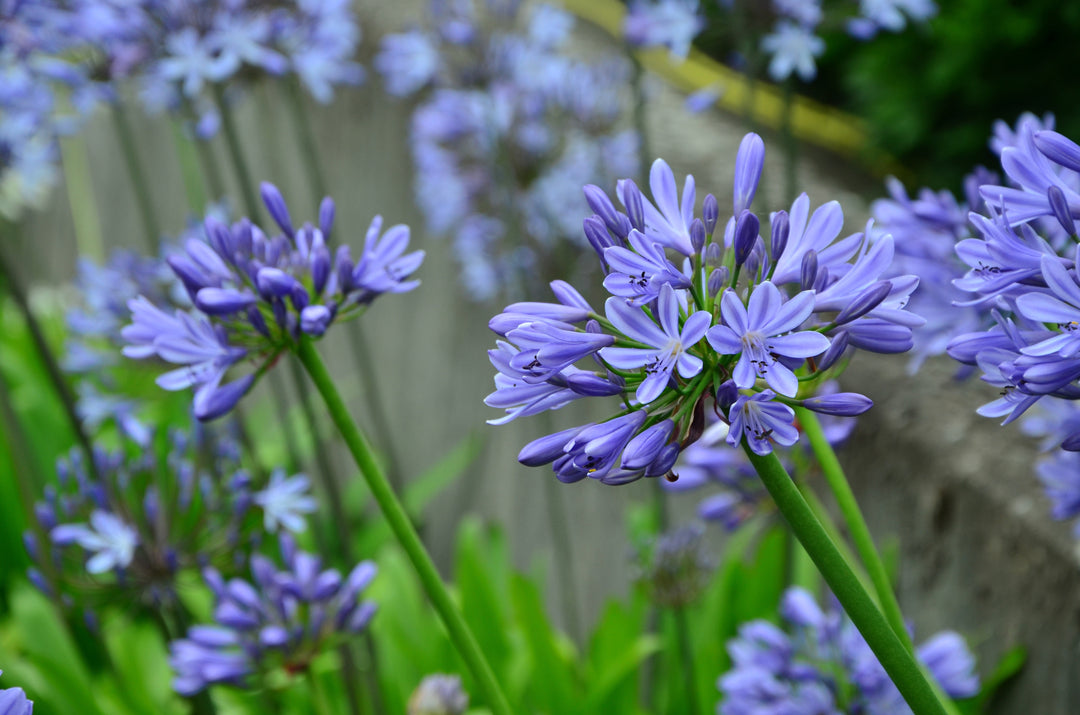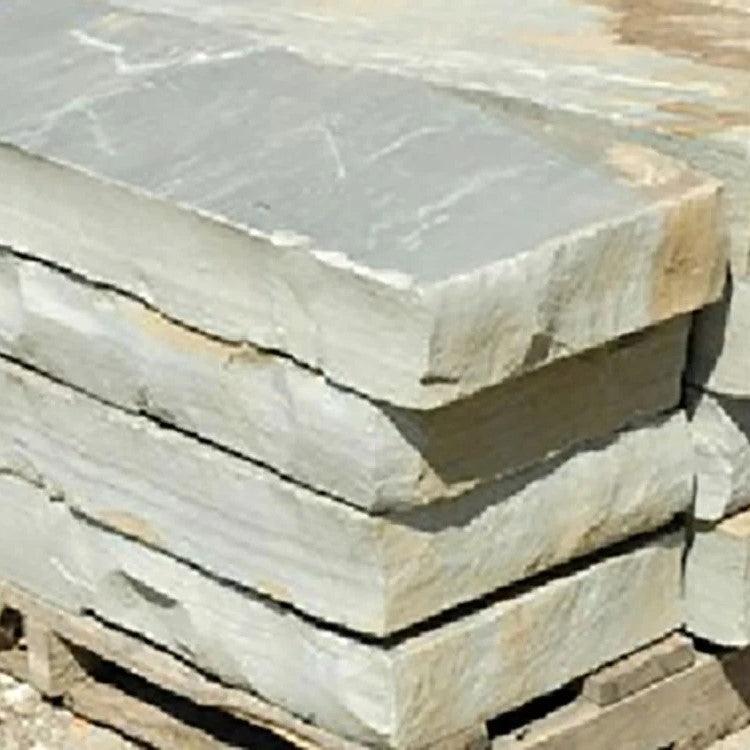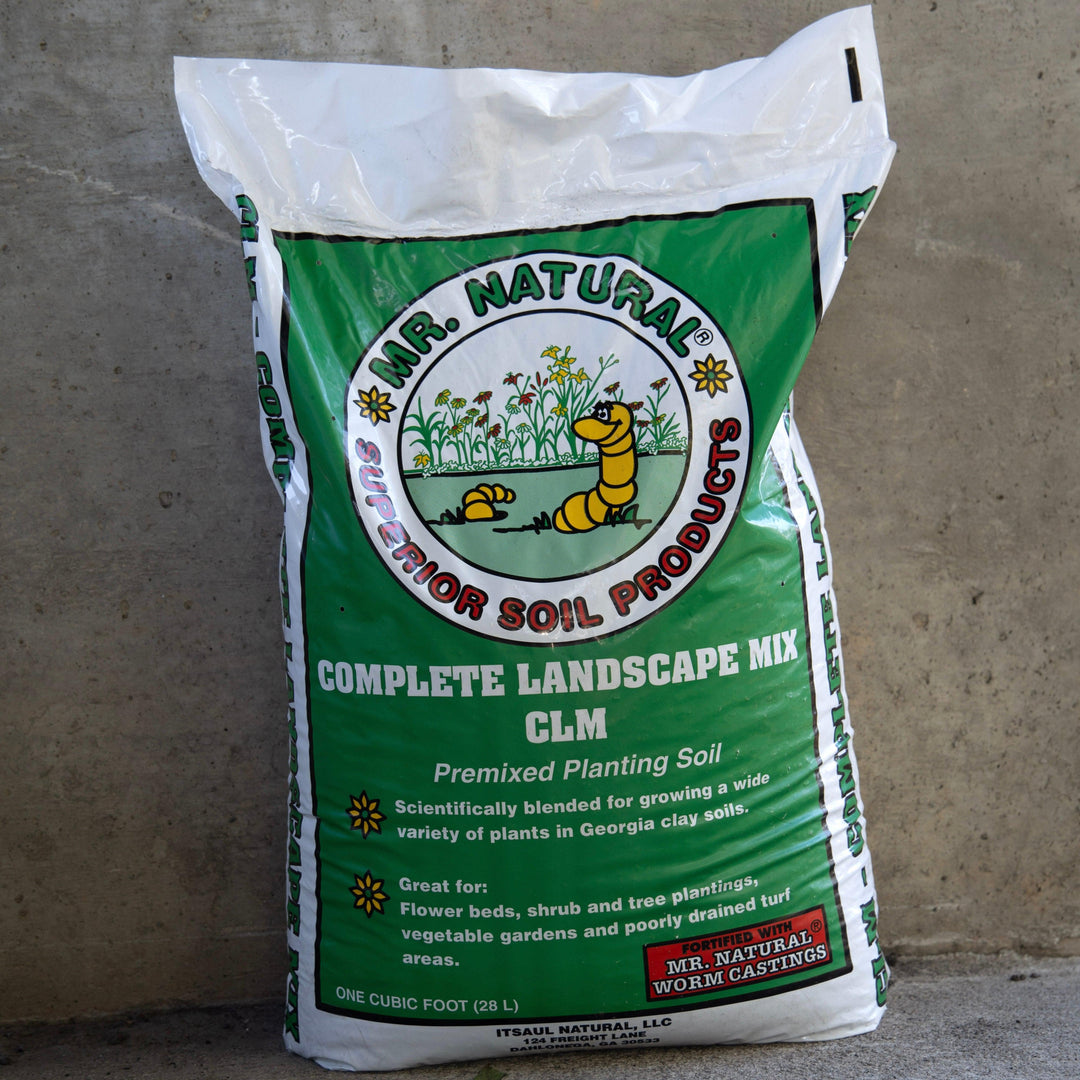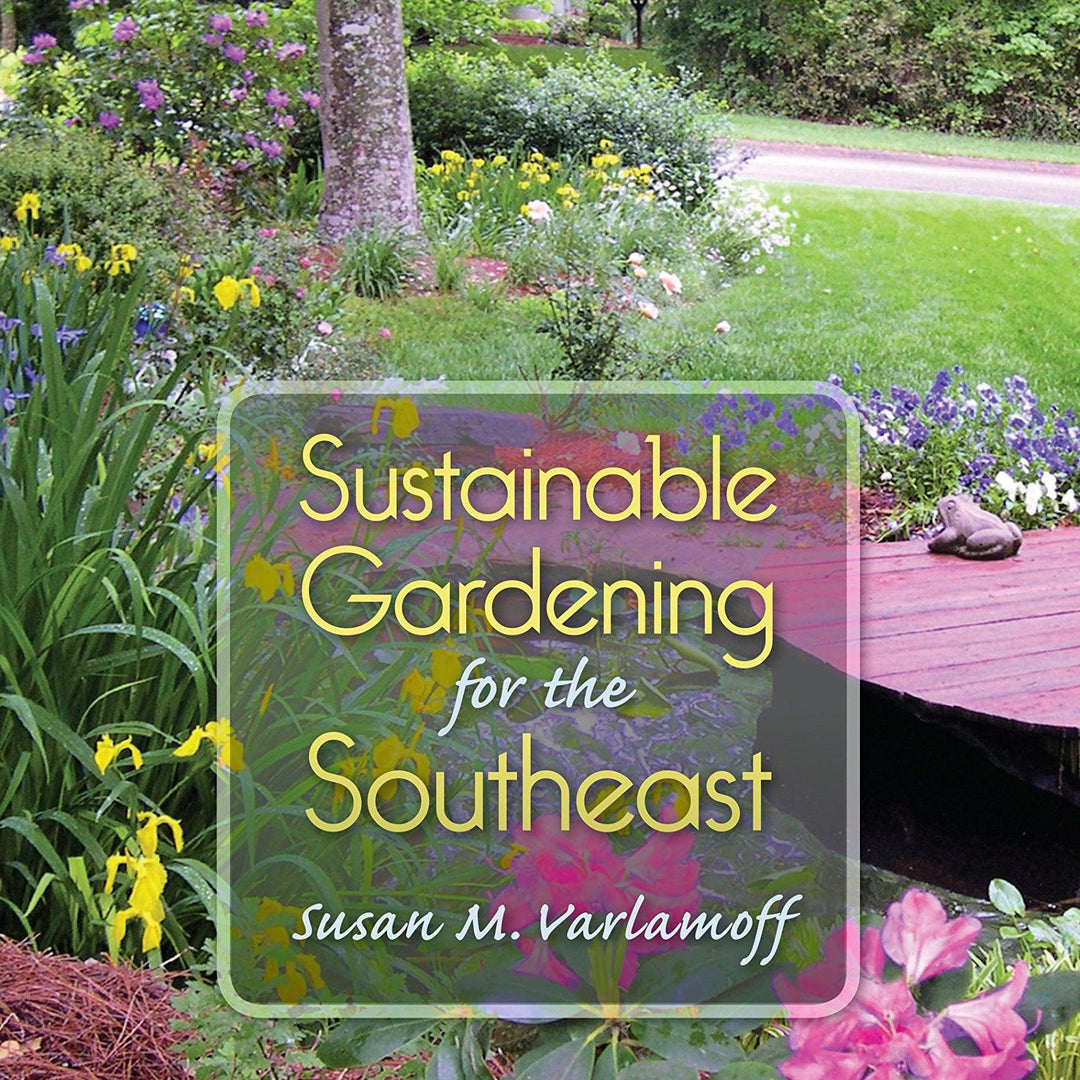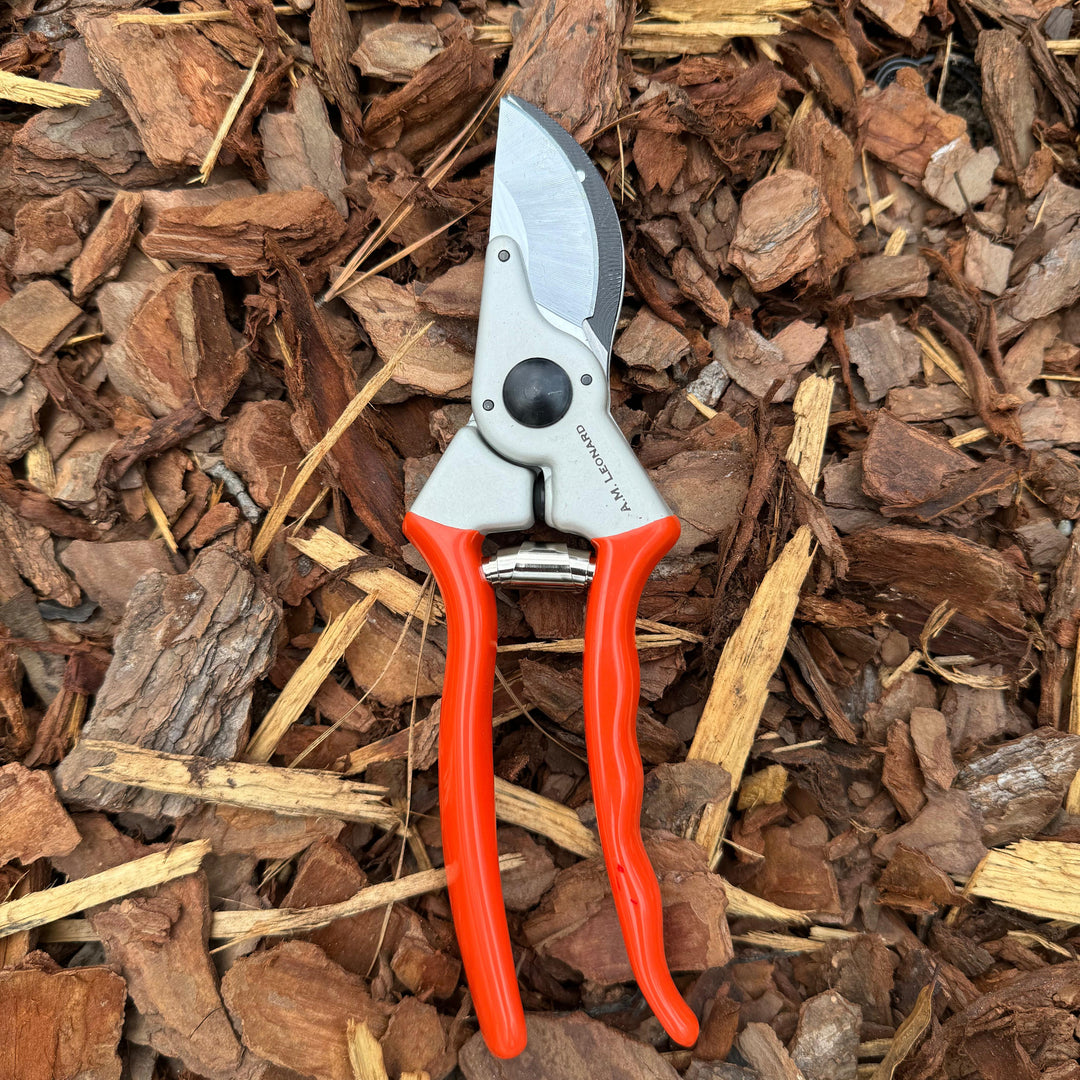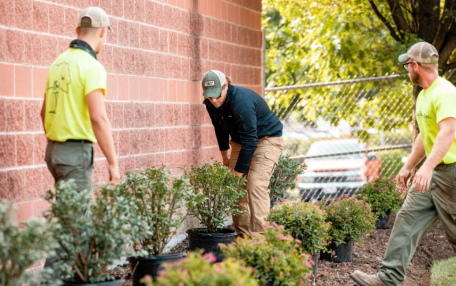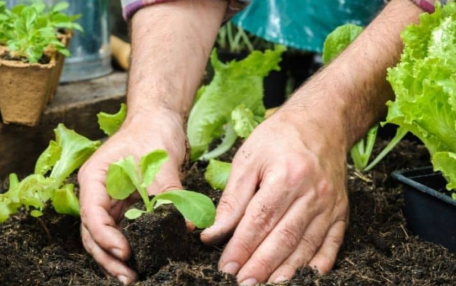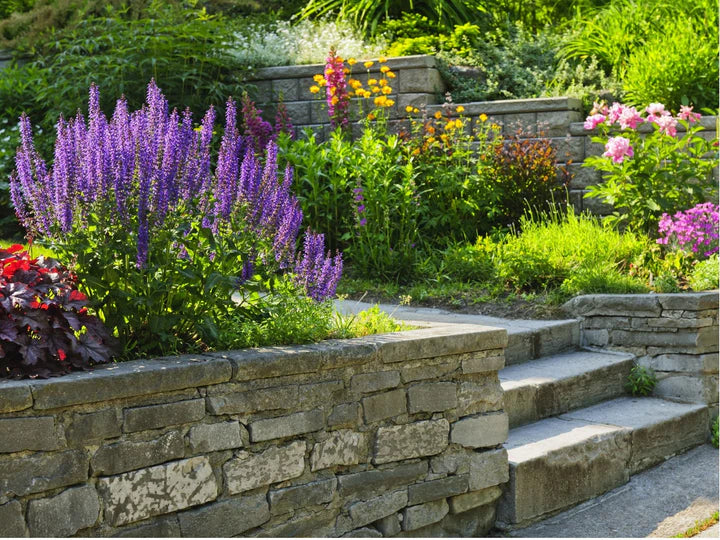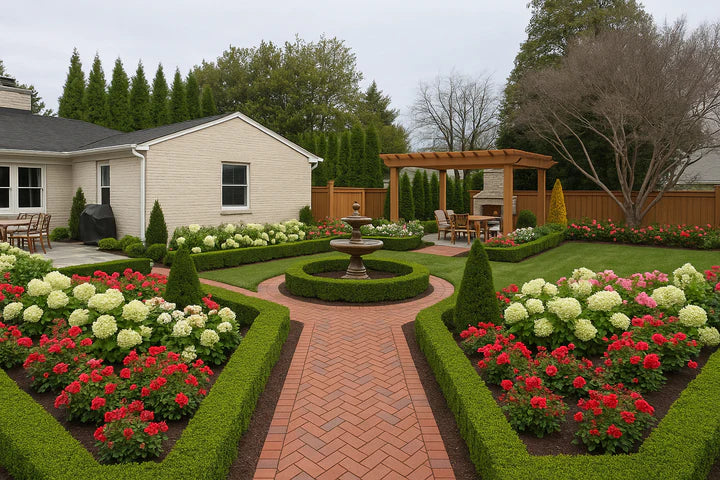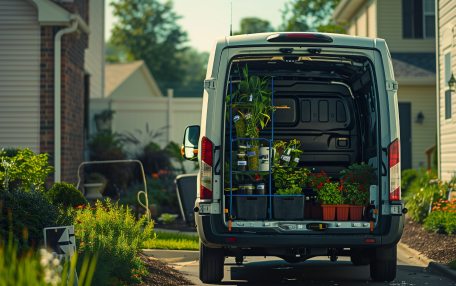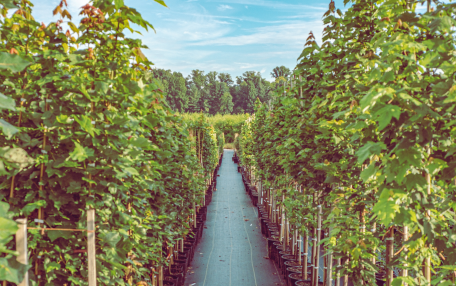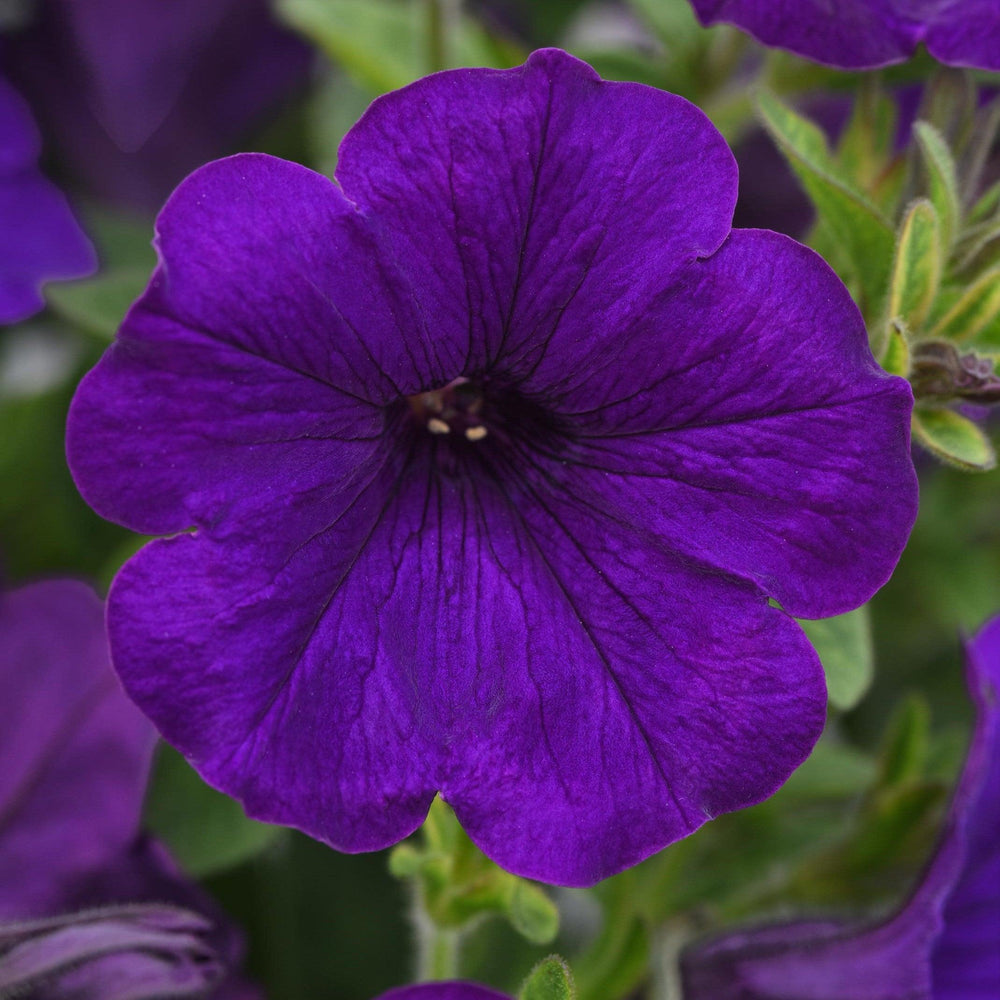Pruning Perfection: Cultivating Health and Beauty in Your Garden
Pruning is a vital gardening practice that involves the selective removal of certain parts of a plant, such as branches, buds, or roots. It's essential for maintaining plant health, encouraging growth, and enhancing the beauty of your garden. Here's a guide to help you master the art of pruning.
The Right Time for Pruning: Seasonal Guidelines
- Winter Pruning: Ideal for most deciduous trees and shrubs. Pruning in dormancy promotes fast regrowth in spring.
- Spring Pruning: Focus on removing dead or damaged branches to make way for new growth. Prune spring-flowering shrubs after they bloom.
- Summer Pruning: Useful for slowing down the growth of certain plants that might be too vigorous. It's also a good time to prune for shape.
- Fall Pruning: Generally not recommended as pruning can stimulate new growth that might be damaged by the cold.
Pruning Do's and Don'ts
- Do:
- Make clean cuts at a 45-degree angle facing away from the bud to promote water runoff and prevent disease.
- Remove crossing branches to prevent damage and disease.
- Prune just above a bud or branching point to avoid leaving stubs.
- Don't:
- Over prune. Removing more than a third of a plant at one time can stress it.
- Leave ragged cuts, which can attract pests and disease.
- Prune flowering shrubs at the wrong time, or you may cut off the buds.

Techniques for Effective Pruning
- Thinning Cuts: Remove entire branches or limbs to open up the plant and improve light penetration and air circulation.
- Heading Back: Shorten a branch by cutting it back to a bud to encourage bushier growth.
- Pinching: Remove the growing tips of young plants with your fingers to promote branching.
Pruning Different Types of Plants
- Deciduous Trees and Shrubs: Prune in late winter while they are dormant. Remove dead wood and thin out crowded areas.
- Evergreens: Prune in early spring or after new growth has hardened off. Shape as needed but avoid cutting into old wood that won't regenerate.
- Flowering Plants: Prune after blooming to avoid cutting off flower buds. Deadhead regularly to encourage more blooms.
- Fruit Trees: Prune to open up the canopy, improve sun exposure and air circulation, which helps reduce disease and improve fruit quality.
- Roses: Prune in late winter or early spring. Remove dead or weak growth, and shape the plant to encourage outward-facing buds.
- Ornamental Grasses: Cut back in late winter before new growth starts to keep them tidy and healthy.
Special Considerations
- Pruning for Rejuvenation: Some shrubs benefit from being cut back to the ground to rejuvenate growth.
- Pruning Hedges: Start early to encourage a compact growth habit and prune regularly for a dense, formal appearance.
- Pruning Vines and Ground Covers: Control size and spread by pruning back as needed, and consider the plant's flowering time to avoid cutting off buds.

Tools for the Task
- Hand Pruners: Ideal for small branches and precise cuts.
- Loppers: Provide more leverage for thicker branches.
- Pruning Saws: Best for large limbs where pruners won't suffice.
Pruning Safety
- Wear Protective Gear: Gloves and safety glasses are essential.
- Sanitize Tools: Clean your pruning tools with alcohol or bleach solution to prevent the spread of disease.
- Be Mindful of Your Surroundings: Ensure that falling branches won't cause damage or injury.
Aftercare Following Pruning
- Watering: Ensure plants have adequate water after pruning, as their systems will need to recover.
- Mulching: Apply a layer of mulch around the base of the plant to help retain moisture and protect the roots.
- Fertilizing: Wait until after the initial flush of growth to fertilize, as pruning itself stimulates growth.
Pruning is both an art and a science, and with the right techniques, you can keep your garden healthy and looking its best. Remember, the goal of pruning is to enhance the plant's natural shape and vitality, so take your time and prune with care.

